Twin Pregnancy
“In 2011, I moved to Germany for work and met Tim by chance in 2014. Before the end of that year, I packed up my few belongings and followed him to Amsterdam which became our home, and will always have a very special place in my heart. I became pregnant shortly after our wedding in 2016, actually during our amazing honeymoon trip to Hawaii.
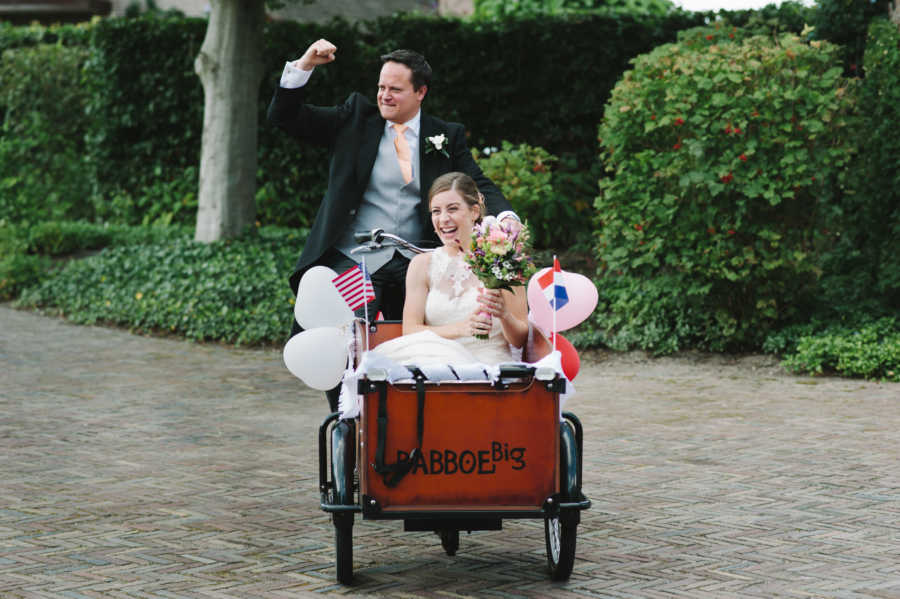
The first test I took quickly showed a positive – we were ecstatic, and shocked! Twins don’t run in our families, so it never even crossed our minds. We returned home and made an appointment with the midwife and for an ultrasound when I was 10 1/2 weeks pregnant.
At first glance, the technician only saw one heartbeat. We were very excited and relieved everything seemed to be okay. But she was disappointed with the quality of our first photo of the baby and asked if I’d be okay with her also doing an internal scan. As soon as the image became clear on the screen, she blurted out, ‘LOOK THERE’S TWO!’ I burst into tears and saw Tim lose all color in his face. We were stunned!
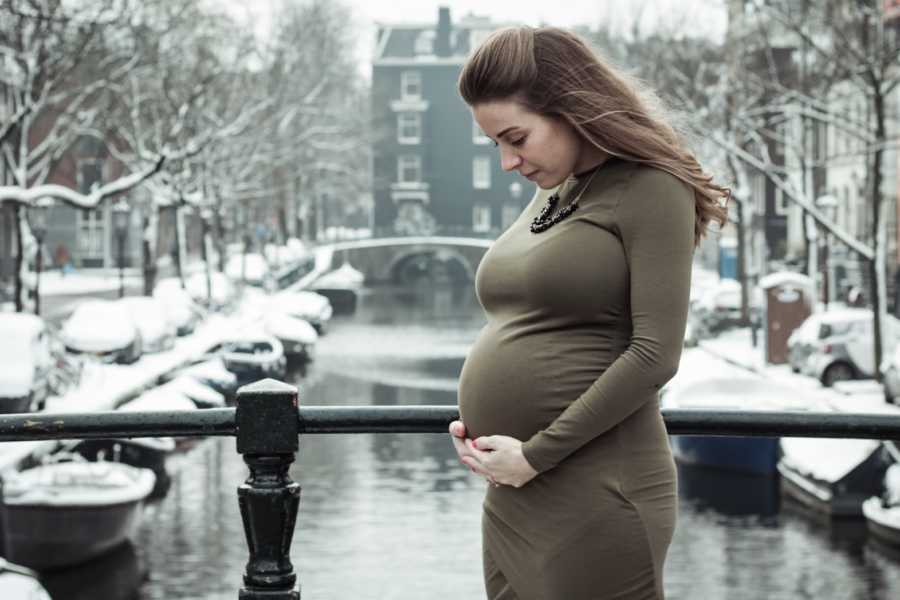
All of my ultrasounds looked perfect and we eventually learned we would have one boy and one girl. We were thrilled and my pregnancy was a very happy time of our lives. Everything went smoothly until I was hospitalized at 29 weeks with premature contractions. I was eventually released with the warning my babies would be born ‘very soon’… by the time I made it to 37 weeks I was more than ready for the babies to make their exit!
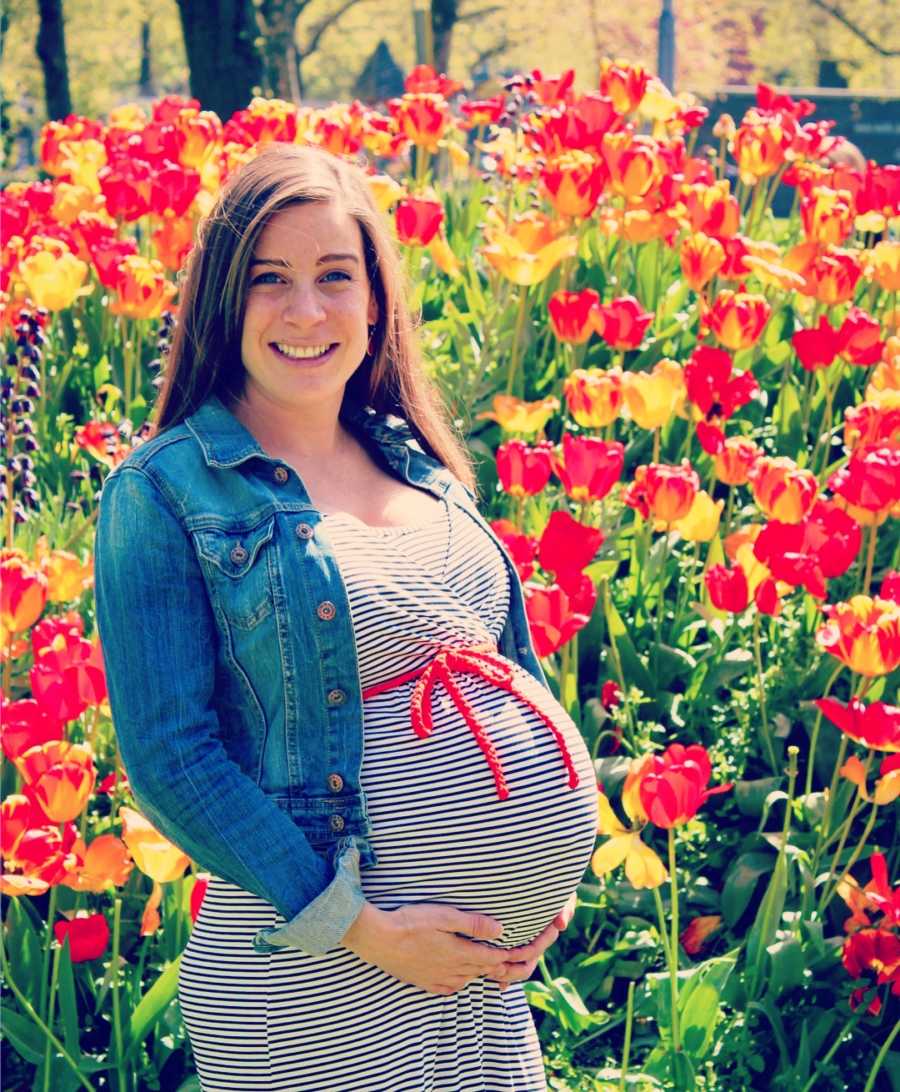
Welcoming My Twins To The World
When my contractions started at 37 weeks and 5 days, I felt a sense of relief. I had done it. I kept them safe for almost the full 9 months, they would be born healthy and everything would be okay. My labor and delivery went quickly and smoothly – it was incredibly peaceful, with piano music playing in the background. I birthed two beautiful babies. I felt like a superhero that day.
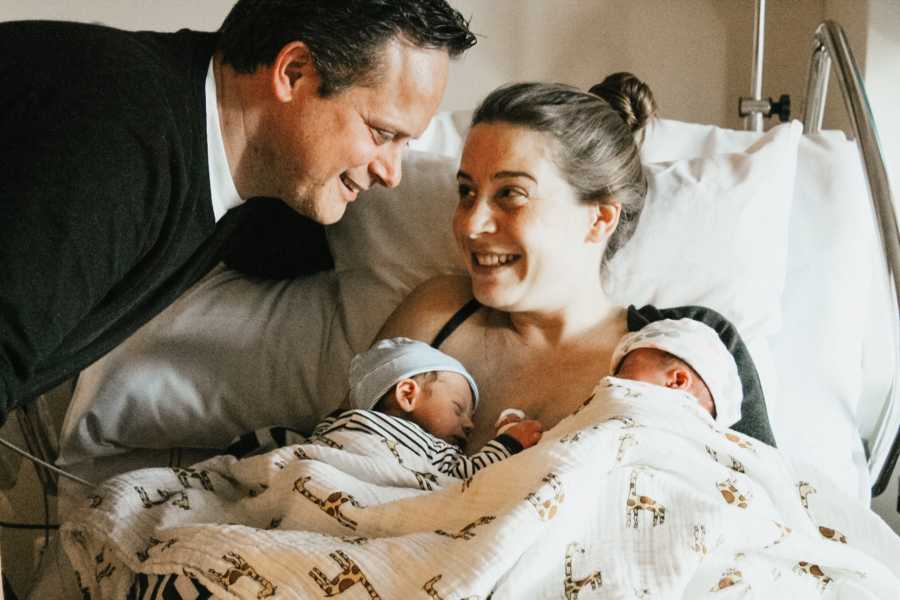
A few hours later, Emily’s health started to decline. She wasn’t digesting food, had bile in her stomach, and was born with extremely high bilirubin levels. The initial assumption was she had issues with her liver. Her stomach couldn’t handle milk, even in small amounts, she continuously vomited after every feeding, and quickly needed an IV with glucose, because her blood sugar was very low. The euphoria of my beautiful birth experience wore off quickly once I saw my daughter hooked to machines, surrounded by a team of doctors.
The following days were a blur with a mix of new symptoms, new tests, and new specialists – none of them offering any concrete answers. Some days one symptom would slightly improve but another would worsen. Her blood sugar remained dangerously low and she needed continuous IVs for glucose and medication. Her small hands and feet were so fragile they became infected from the needles, so an IV was inserted via her belly button as a final resort. This IV also became infected and she contracted a serious form of sepsis. The infected IV couldn’t be removed, as while it was nearly killing her, it was also the only way to give her medication to keep her alive.
Emily contracting sepsis was a major setback and almost masked the concern for any other underlying illness. The doctors had ruled out many other possible diagnoses through blood tests so, the conclusion was, once the sepsis cleared up, she would get better… We tried to make the most of our first days as parents, despite the horrific circumstances. We have pictures of us smiling and being very unaware about what would happen next.

Having A NICU Baby
I’ll never forget my fifth day as a mother. Breastfeeding my newborn son, sitting next to my very ill newborn daughter, I was suddenly watching her monitor flat-line, flashing red, countless nurses rushing in to save her. We all looked at each other with a sense of panic, sadness, and the realization things were not improving. We watched her flat-line 20 times that day. Eventually the neonatal staff from the academic hospital arrived with the ambulance staff, to carefully transfer her to the NICU across town. We were simultaneously filling out the paperwork for myself and Marcus to be discharged once Emily was in the ambulance.

Tim followed the ambulance (on his bicycle) and I took a taxi home with Marcus. A part of me shut down. I couldn’t believe MY child was unhealthy; I was young, active, and healthy so I never expected anything else but to have healthy children. I was so naive to think it was something I could control, or even prepare for. No books or birthing classes told me about this part of parenting.
I was devastated and started to prepare for the fact she may not live, but was also very focused on my role as a new mother to another child who was fully dependent on me. Despite the circumstances, I had no emotions at that moment, as I watched the ambulance speed away with my daughter. No matter what happened, I still was a new mother with another new baby, and I had to carry on.
It was after midnight when my phone rang. Tim’s voice was shaky when I answered his phone call. ‘You need to come here now, it’s not going well, she’s… she’s dying!’ Emily’s blood pressure had dipped to a critically low level and her kidneys were starting to fail, her body was shutting down. Shock and grief overcame me, but I couldn’t cry, I couldn’t even speak. I had barely held Emily and she was going to die? It was impossible. I couldn’t think. All I said was, ‘I’m on my way.’
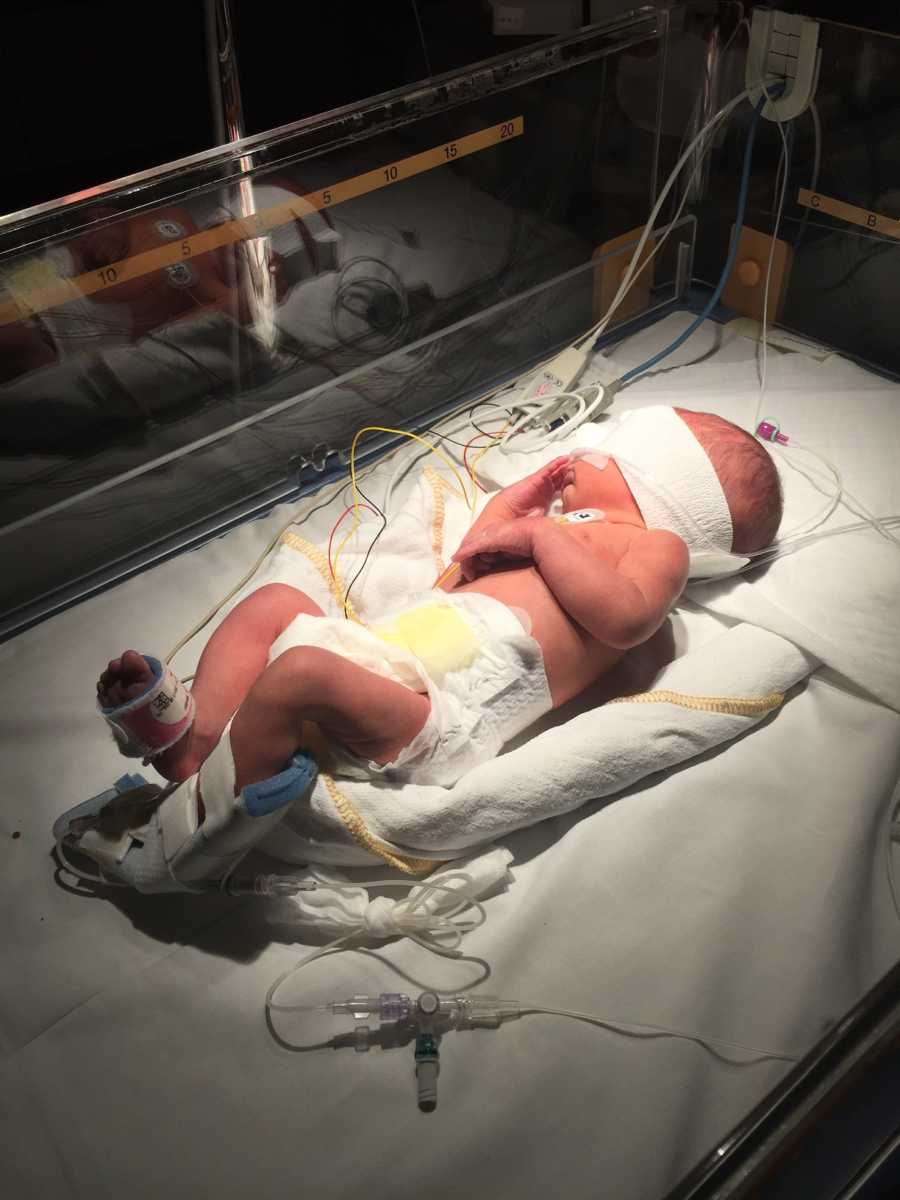
We didn’t own a car, so my sister-in-law picked me up in the middle of the night, with Marcus sleeping in his car seat as we sped to the hospital. From the time Tim called me until the time I arrived, her blood pressure had gone back up just enough to avoid organ failure; but they had given her so many different medications they didn’t know exactly which one had helped her. She had so many issues but no clear diagnosis.
Waiting On A Diagnosis
We were taken to a birthing suite and spent the night with Marcus, side by side in hospital beds, praying our girl would be alive in the morning. The next morning, we were offered accommodation in the Ronald McDonald House at Amsterdam VUmC, where we spent the next week, allowing us to easily travel back and forth to see Emily and attend many consultations with her doctors.
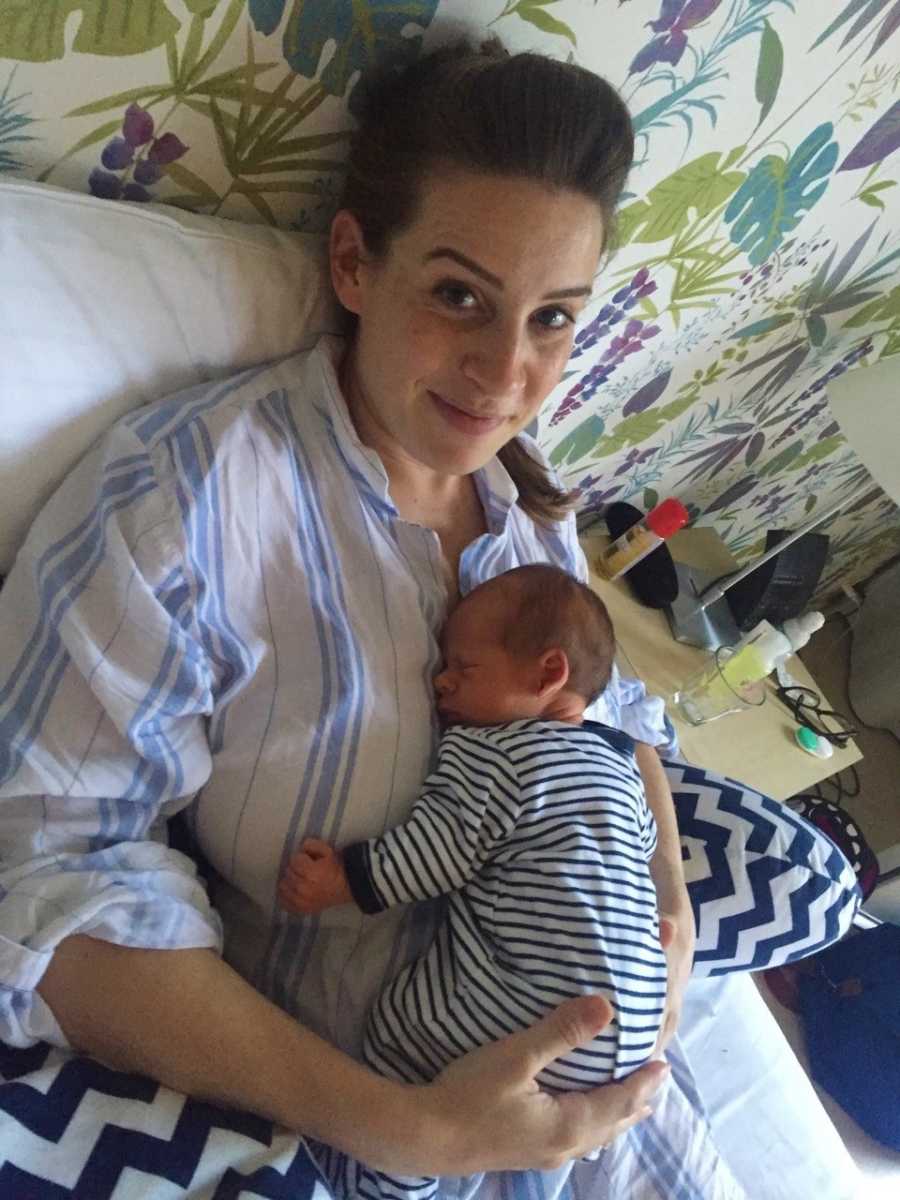
That week felt like we were stuck in limbo, not in the hospital anymore but not yet at home. And strangely, it was very peaceful. The Ronald McDonald House was calm and quiet, with a sense everyone there understood what it was like to have a sick child, comforting each other without even saying a word. I usually wore Marcus around in a wrap, close to my chest, and spent a lot of time in the garden there, pretending I was somewhere else.
Emily started to improve and was no longer ‘sick enough’ to require NICU care. However, we still didn’t have any answers as to why she was so ill. The antibiotics had helped her overcome the sepsis, but she was still lethargic and could not keep food down regularly. ‘It might be a hospital bacteria, or her liver, or something else we haven’t found yet… we just don’t know,’ was the message delivered to us before she was transferred back to the hospital, and placed in a high-care facility for the next four weeks.
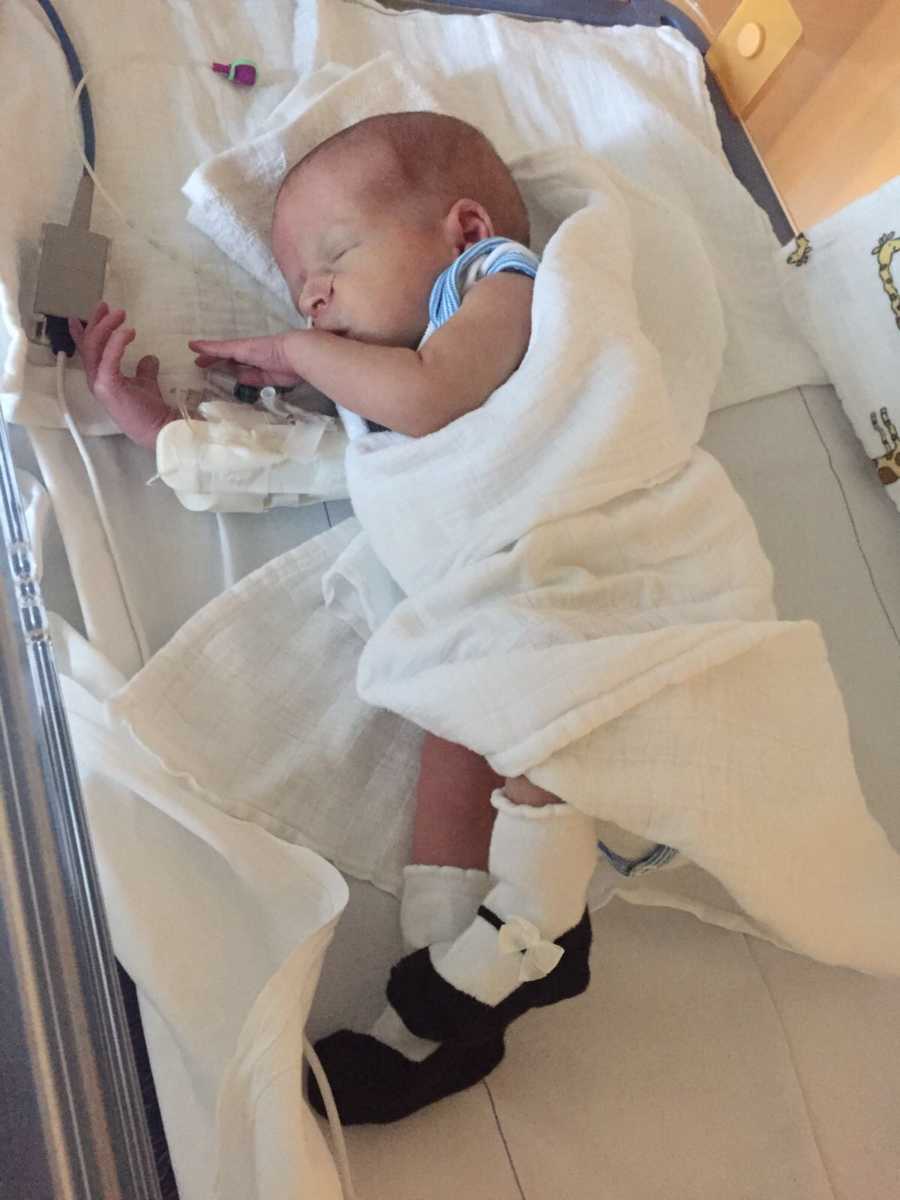
Those weeks were very emotional. Tim took extended leave from work as Emily remained in the hospital and the doctors continued attempting to identify and diagnose her mystery illness. We took turns traveling back and forth to the hospital and caring for Marcus at home. She made improvements, but continued to struggle with hypoglycemia (low blood sugar) and gaining weight. Eventually, one nurse started to test her blood sugar regularly. She brought the results to her main doctor, who decided to test her cortisol levels.
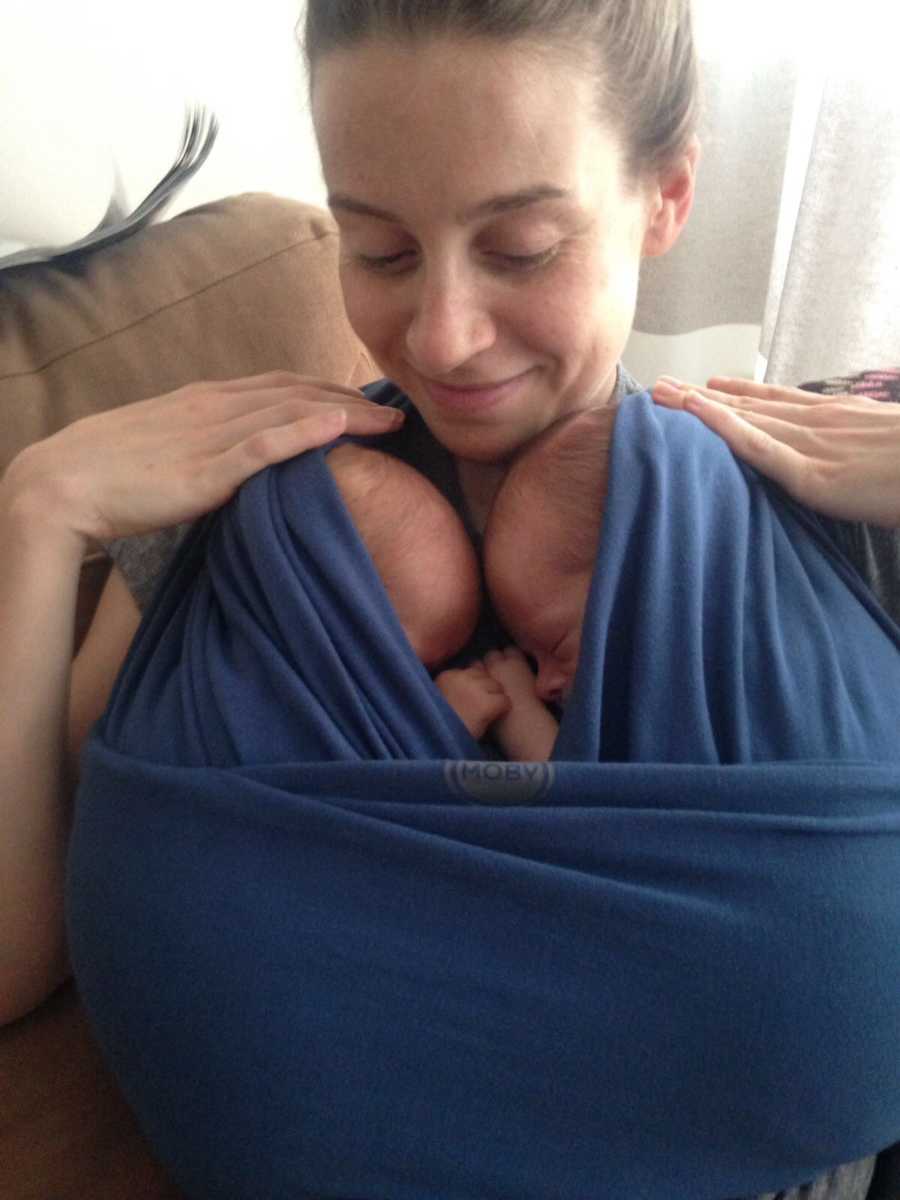
Adrenal Insufficiency Diagnosis
Finally, the missing piece of the puzzle was discovered. Emily was suffering from Adrenal Insufficiency (AI). Adrenal insufficiency is an endocrine disorder in which the adrenal glands do not produce adequate amounts of steroid hormones, primarily cortisol (sometimes called the ‘stress hormone’), which is essential for life. Cortisol helps maintain crucial functions such as blood pressure, blood sugar, and heart muscle tone.
We had never heard of this illness and it’s likely you haven’t either. It’s a rare disease with over sixty causes and various diagnoses. Prior to her specific diagnosis, Emily had an MRI, liver biopsy, and countless blood tests and checkups – the first year of her life we were in the hospital multiple times per month. It felt never-ending. The MRI didn’t show any abnormalities and the cause of Emily’s illness was still, very much a mystery.
Finally, when she was about 18 months old, we received confirmation a very rare genetic mutation (called TPIT) caused Emily’s cortisol deficiency. To our surprise, Tim and I are both carriers, resulting in a 25% chance of having a child with the TPIT genetic mutation which causes isolated cortisol deficiency.
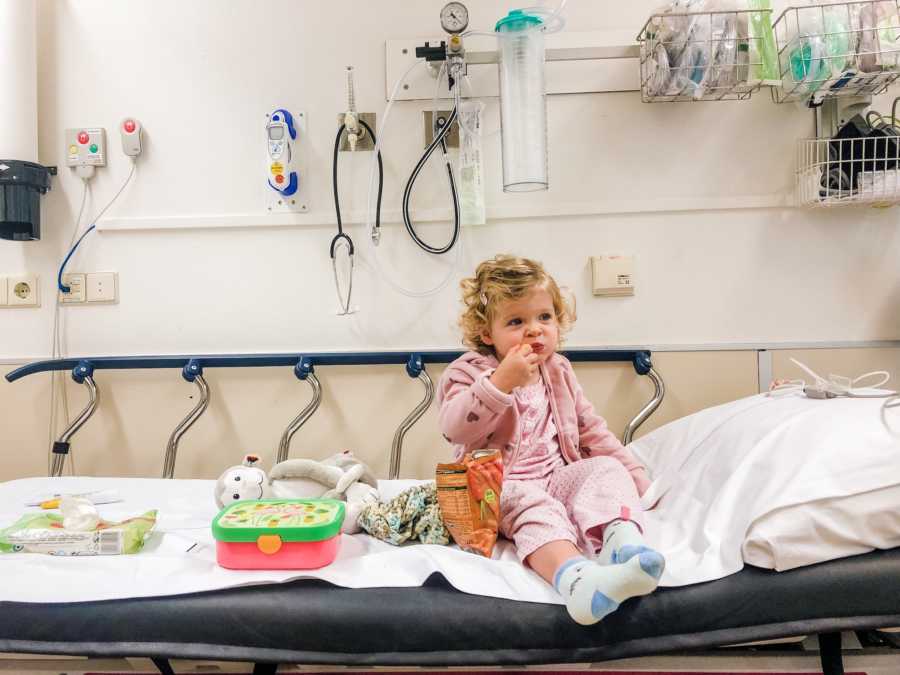
Hormone deficiencies related to AI are treated with daily hormone supplements, in Emily’s case hydrocortisone. Since her diagnosis, Emily has received medication multiple times per day to be able to live a ‘normal’ life. Our ‘normal’ includes alarms and reminders to ensure she gets her medication on time – a morning, afternoon, and night-time dose, roughly every 8 hours to keep her cortisol levels stable. The most difficult part about managing cortisol deficiency, even with the supplements available, is a normal body creates cortisol on-demand, depending on the type of ‘stress’ your body experiences in specific situations. There is no method for measuring cortisol levels ‘on-the-go.’
We have to continually make decisions on Emily’s treatment, based off of minimal measurable variables (like body temperature, or in serious cases, blood sugar) and many unmeasurable variables (like her mood or behavior, slight change in complexion, darkness under her eyes, tiredness, or lethargy) and finally my gut feeling as her mother and caretaker. I often say it’s my occupation to observe her. If I’m ever feeling in doubt or uneasy about her health, something is usually wrong. I have to trust these feelings and act upon them, leaving me with the responsibility of very literally keeping her alive.
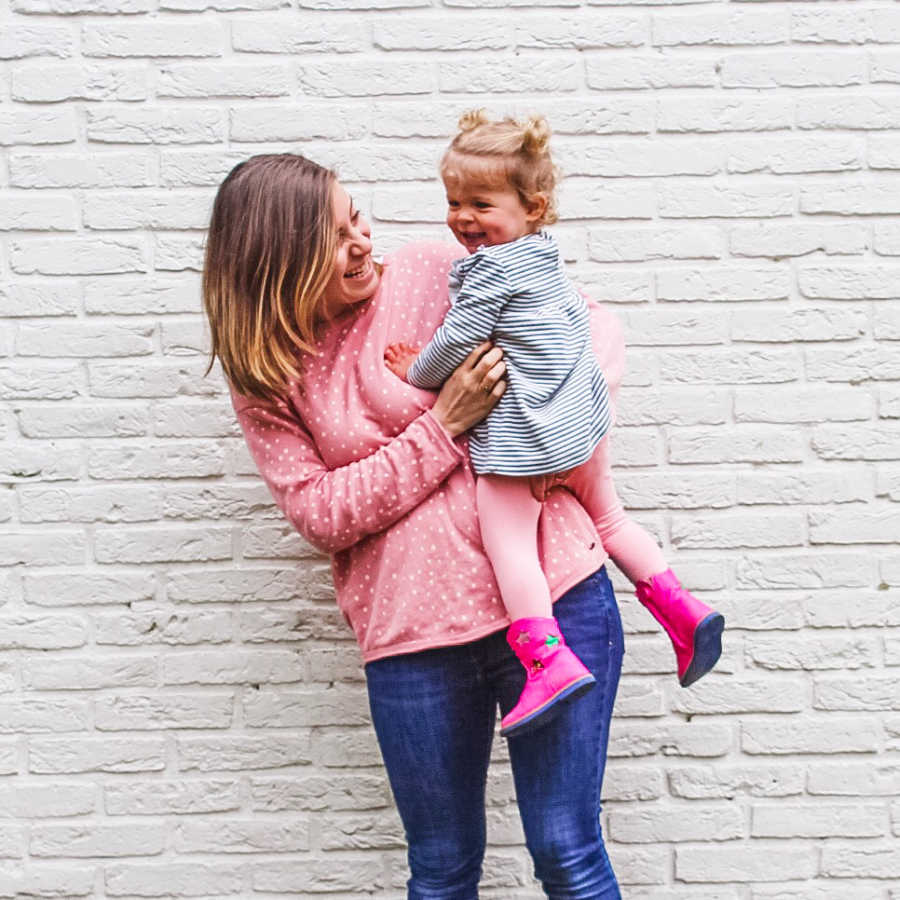
Managing Adrenal Insufficiency
Managing AI also comes with a high-risk of life-threatening situations known as ‘Adrenal Crisis’. Usually paired with illness or pain, the oral dose of medication is suddenly not enough to recover from whatever the patient is fighting, and the body starts to shut down. As Emily’s caregivers, we have to recognize symptoms of a crisis before they become potentially fatal – usually even subtle things like a too-pale complexion or dark circles under her eyes are tell-tale signs, and eventually, she becomes too lethargic to function.
In these crisis situations, it’s necessary to use an emergency injection (called Solu Cortef). In the past two and a half years, we’ve used this injection ten times and visited the ER nearly as often. Ten times I’ve felt that pit in my stomach. I swallow back tears while holding my limp child in my arms; remembering each of the steps to prepare the medication, needle, and syringe; taking a deep breath as I jab it into her thigh; praying she will jolt awake, open her eyes, and come back to life.
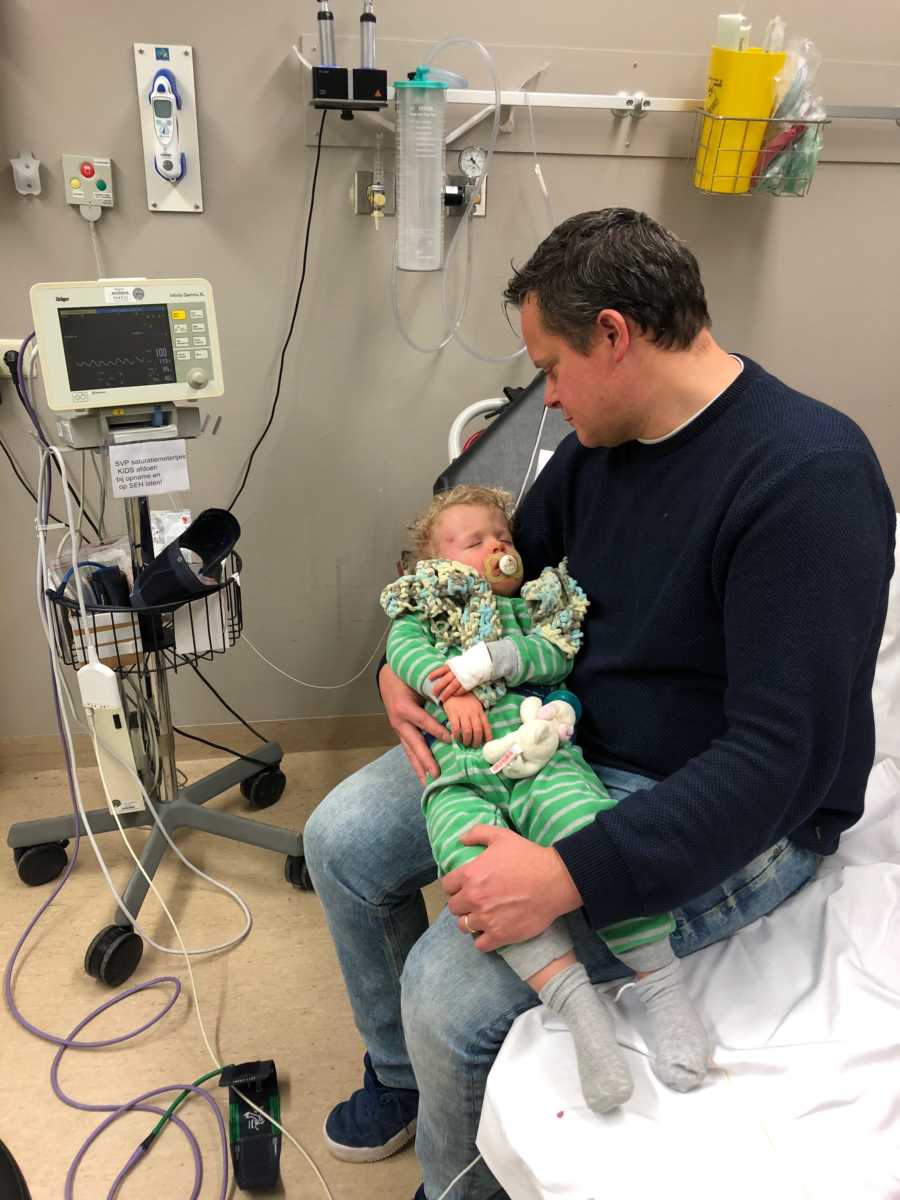
I planned to be a mom, but I never planned to be a medical expert, or to have to inject my daughter to potentially save her life. It’s a big job, the most important of my life. It’s absolutely overwhelming. Being a mom to a medically fragile child has made me very fragile as well. Each episode with Emily, triggers a sense of trauma and emotions which will likely never fully disappear.
Our journey has not been easy. We often have very scary and intense days, unsure of the right solution to make Emily feel better – often feeling isolated and misunderstood, still wondering, ‘Why US?’ Each day we learn more, move forward, and try our best to enjoy life to the fullest. With the help of amazing (virtual) parent support groups, organized via organizations like Adrenal Insufficiency United and the MAGIC Foundation, I have broadened my knowledge on this disease, to be able to better advocate for Emily’s health and gain more confidence in my role as her main caregiver.


I’m very proud Emily has been able to live such a full life so far, after the difficult start we experienced. We have not allowed fear of this illness to cripple us or limit Emily’s potential. She goes to daycare with her best friend, her twin brother, and follows in his fearless footsteps; never hesitating about climbing higher, running faster, or ever showing any hint of being chronically ill – there’s nothing stopping this girl!
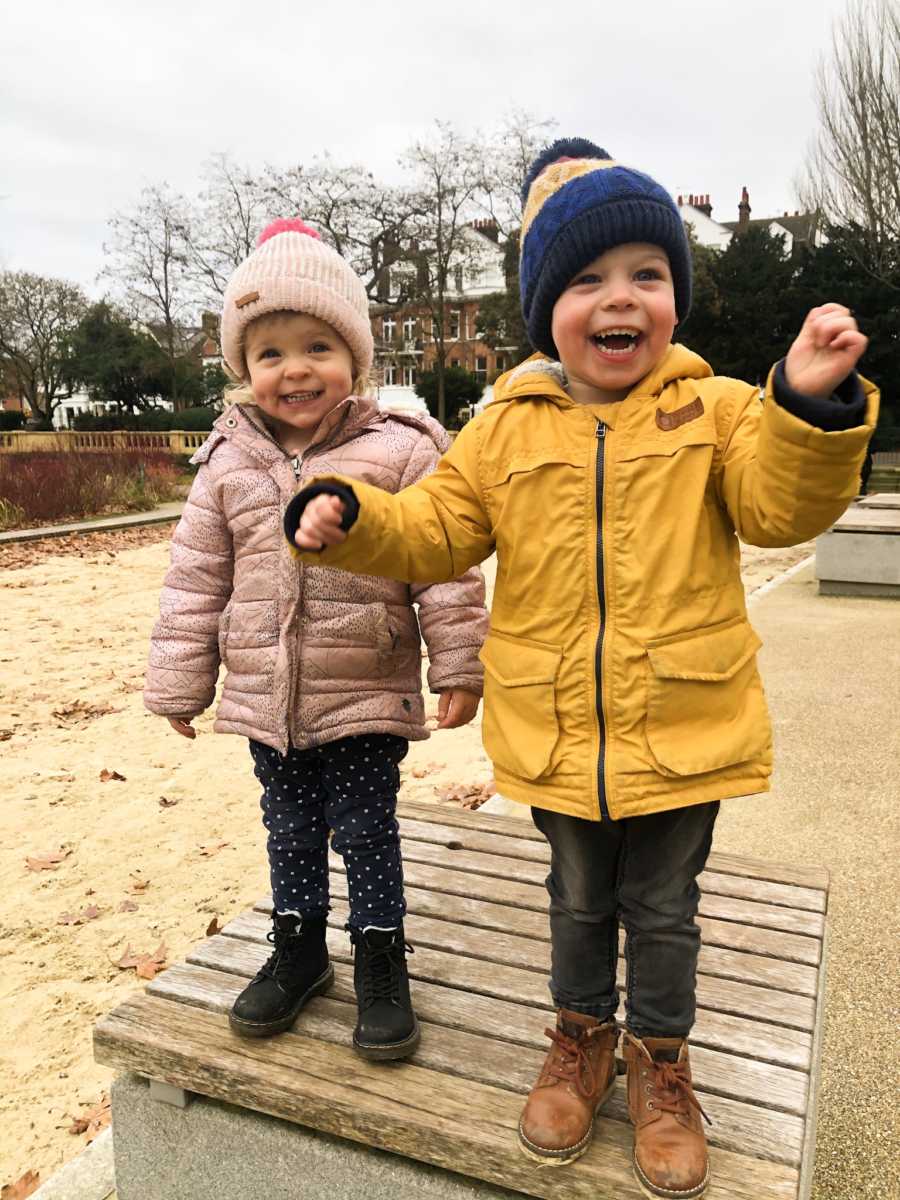
The best therapy (besides therapy itself) has been going on adventures together. We’ve already taken the kids on 20-some flights to multiple countries, hoping to show Emily that being ‘fragile’ doesn’t make you unable or weak – in fact, she’s the strongest girl I know.
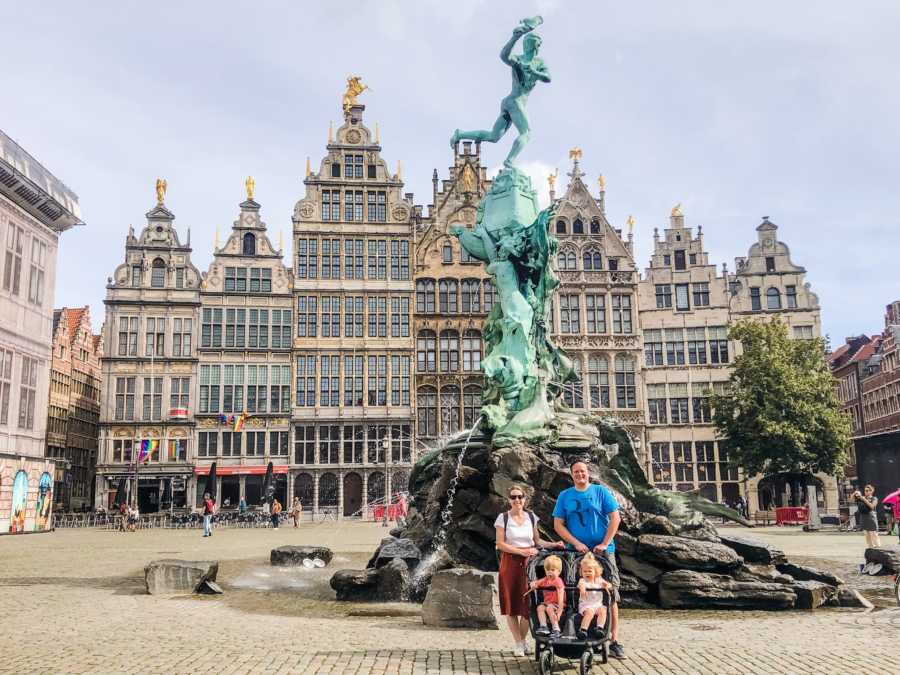
My motherhood journey looks much different than I had planned, and yours might too. The pain and grief of that loss will never quite go away. It’s so important to try not to spend life mourning the fact it’s different than what you planned, but to focus on enjoying the wonderful parts of the child you were given, and the very beautiful life you can live together.”
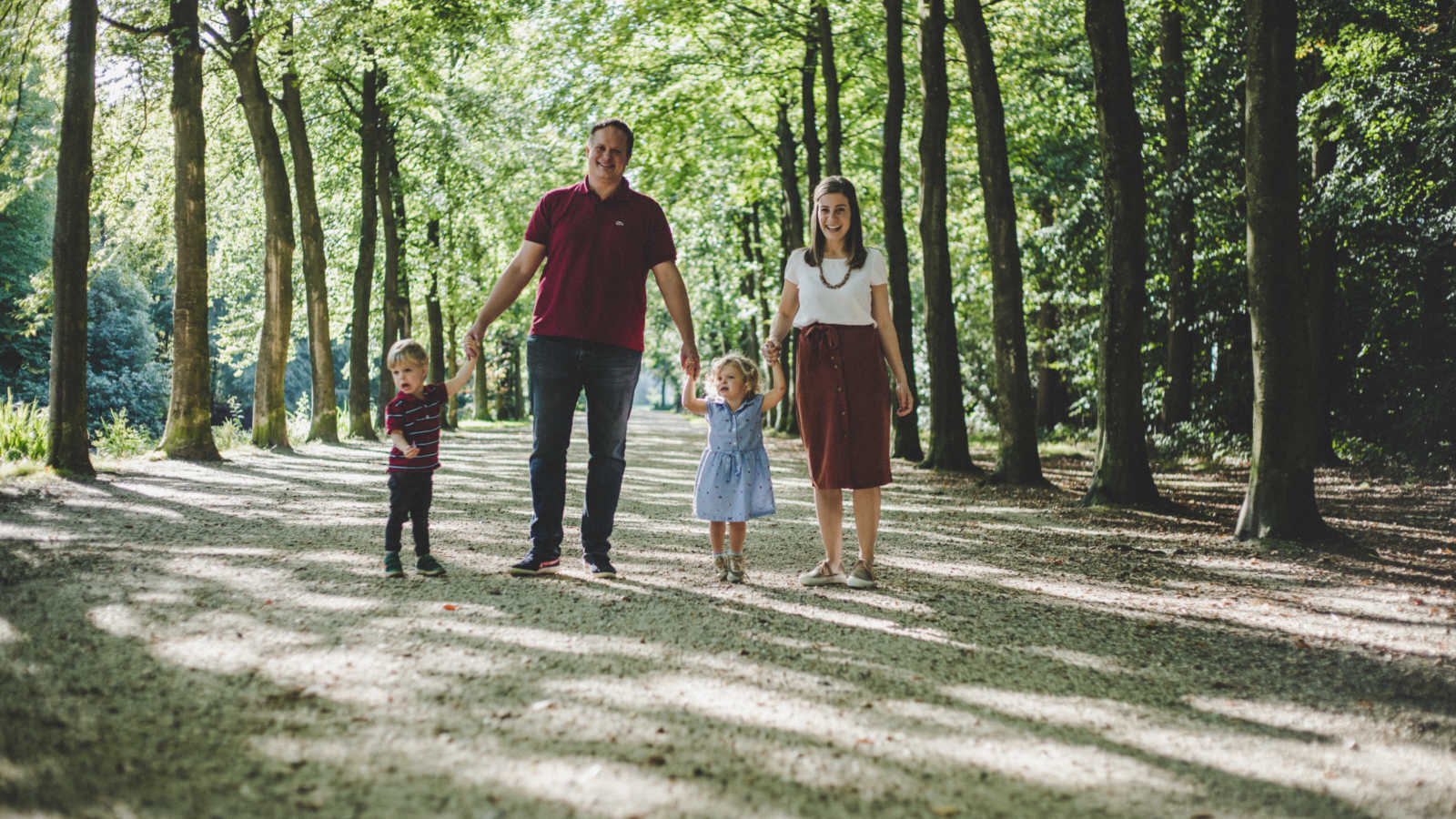
This story was submitted to Love What Matters by Anna Meijer of the Netherlands. You can follow her journey on Instagram. Do you have a similar experience? We’d like to hear your important journey. Submit your own story here. Be sure to subscribe to our free email newsletter for our best stories, and YouTube for our best videos.
Read more inspiring stories like this:
Spread beauty and strength for others. SHARE this story on Facebook with family and friends.




